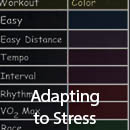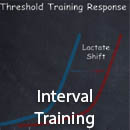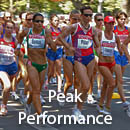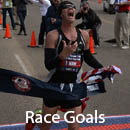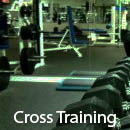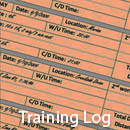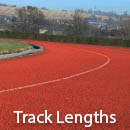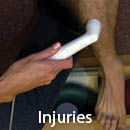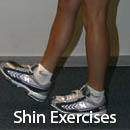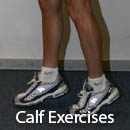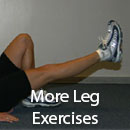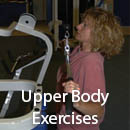Race Walking Training
Proper Race Walking Shoes
Stable Heel Counter
Most quality shoes provide some form of stabilizing heel counter. With a stable heel, the shoe prevents excessive motion when the heel strikes the ground. Race walkers need more motion control than runners; therefore, we must be careful if selecting a running shoe. To test for heel stability, squeeze both sides of the shoe’s heel together; the heel should not collapse.
Sturdy Sole
A sturdy sole is essential to injury-free walking. Amazingly, few shoes offer one. See if your shoe passes this simple test. Use one hand at each end of the shoe to flex it up from the toe. A stable shoe will bend where the ball of the foot rests in the shoe, just like the NB 713s. In fact, the NB 713s add a plastic support to this area for added stability. In contrast, the unstable NB 110s bend under the arch, collapsing under the middle of the weight-bearing foot and causing the hamstring muscle to elongate. This repeated action can lead to senseless injuries.

NB 713 shows a sturdy sole

NB 110 shows a sole without stability
Although rare, some shoes are too stiff. Without ample flexibility in the toe box, it is difficult to get a good push off with your rear foot.
Ample Toe-Box
Self-explanatory. Your foot needs plenty of space to spread out, so make sure you have enough room in the toe-box. Remember, all feet swell during the day and certainly during a long race. Shoes that fit precisely early in the morning cause trouble as your feet swell. After a few miles into a race or training walk, you may realize your shoes are not large enough.









